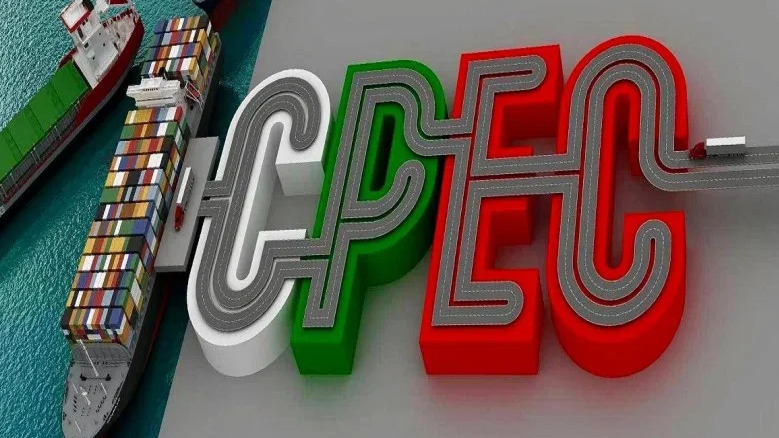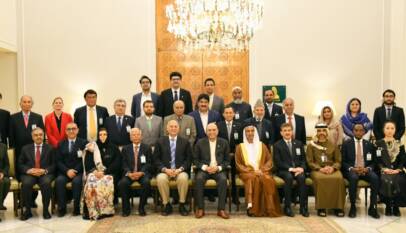CPEC enabling Pakistan’s energy mix to become more environmentally friendly
Pakistan’s energy projects mix is moving from a high dependency on furnace oil towards harnessing indigenous coal and imported Re-gasified Liquefied Natural Gas (RLNG). With sufficient RLNG contracted for the coming years and new alternate energy power generation sources coming onboard, the five already functioning FO refineries might be given an incentive to produce Motor Gasoline and High Speed Diesel which can also be exported for revenue.
Over the past few years, Pakistan has managed to adequately alter its energy mix which was previously lopsided towards expensive and non-environment friendly Furnace Oil (FO).
With the start of the China-Pakistan Economic Corridor (CPEC), investment was made in construction of power plants which were pre-dominantly based on indigenous coal and imported Re-gasified Liquefied Natural Gas (RLNG). Fast forward to FY21, both indigenous coal and imported RLNG took a lion’s share from the energy mix pie of Pakistan. With dwindling use of FO in power sector, country-wide sales of FO nosedived over the past 4 years.
Challenges that lie ahead
There are five refineries with a total capacity of 440,000 barrels/day ( ̴ 59,000 MT/day)producing varying quantities of FO (ranging between 20-35% of total production). With limited refinery storage of ̴ 140,000 MT available for FO, its sustained disposal is imperative for smooth operations of the refineries.
The government now has sufficient RLNG contracted for the coming years and with new alternate energy power generation sources coming online, use of FO seems unlikely in power sector, going forward.
Refineries are now faced with a difficult option of either exporting it or decreasing its price to a level that it becomes competitive with RLNG. In either case, this seems to be a Catch-22 situation as they are faced with a tough equation of keeping their plants running whilst managing to keep the bottom line in green. The problem is more severe for refineries that are based up country as they have to bear additional backhaul costs to export surplus FO via Karachi ports.
Refinery policy – a ray of hope
The government has taken stock of the situation and is cognisant of the tricky landscape that is in the offing.
It also realises the importance of running the refineries, both in terms of reliable and sustained oil supplies to defence forces as well as in saving valuable foreign exchange in the shape of lower white oil imports. It is likely that the government will offer refineries monetary incentives on production of Motor Gasoline and High Speed Diesel. They feel this should lure them into running their plants at full capacity to avail maximum monetary benefit. However, running refining plants at full capacity even with these incentives on the table seems to be difficult and there’s certainly more to it than meets the eye.
Managing export operations with a dilapidated port infrastructure at Keamari and ever increasing congestion at Port Qasim (more so because of increased RLNG imports and expected diversion ofMotor Gasoline vessels in the coming months because of pipeline connectivity). The financial aspect also does not seem to be lucrative with low global demand of high sulphur FO.
How the situation will unfold, only time will tell. All we can hope for is for the refineries to function smoothly.
Chinese envoy Zhao Shiren urges students to uphold integrity and strengthen China-Pakistan ties
LAHORE:The Consul Generals from several countries and other distinguished guests attended …











